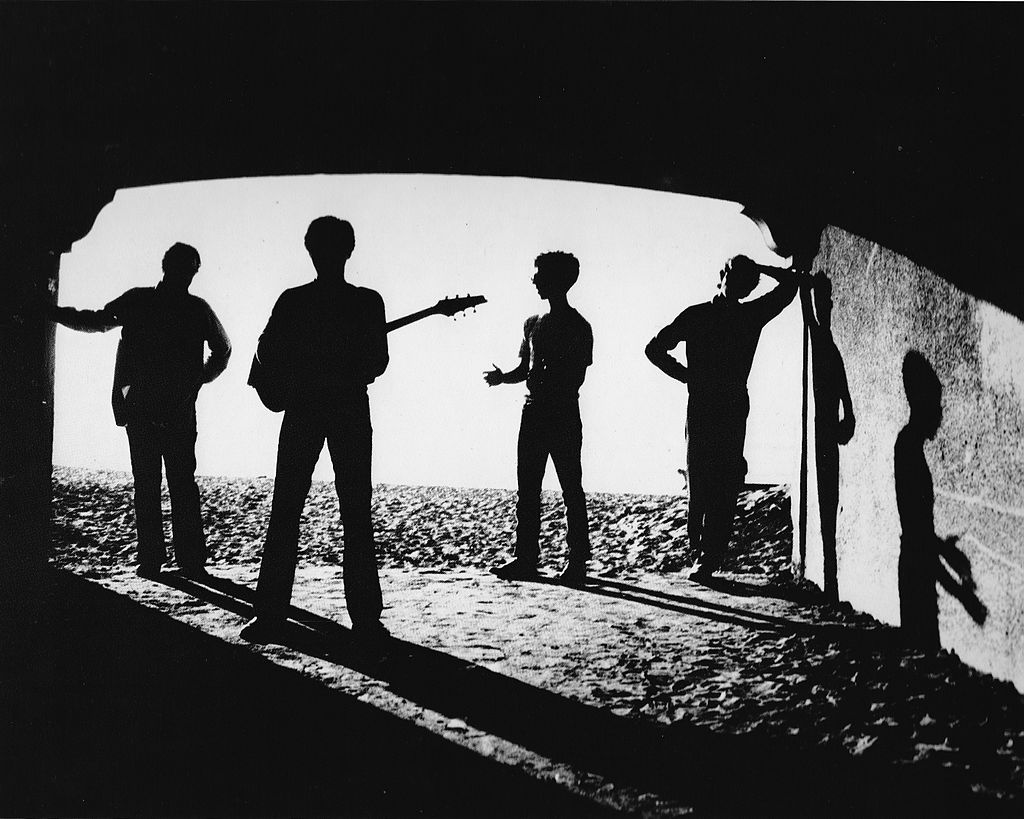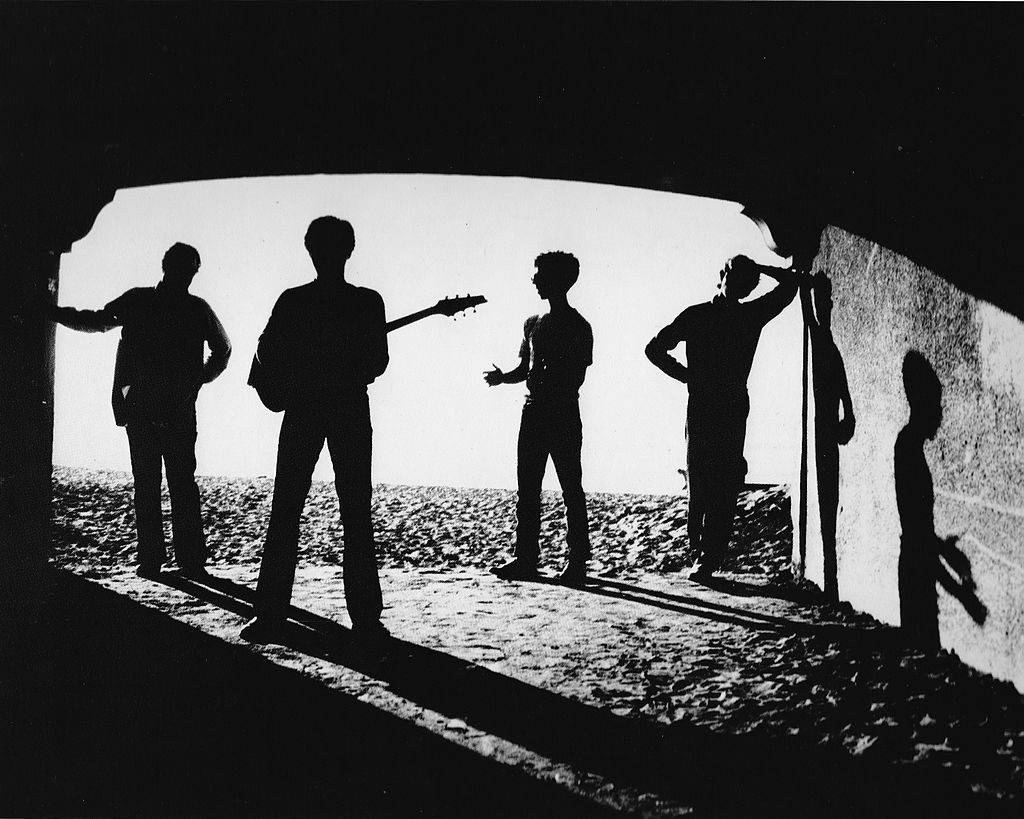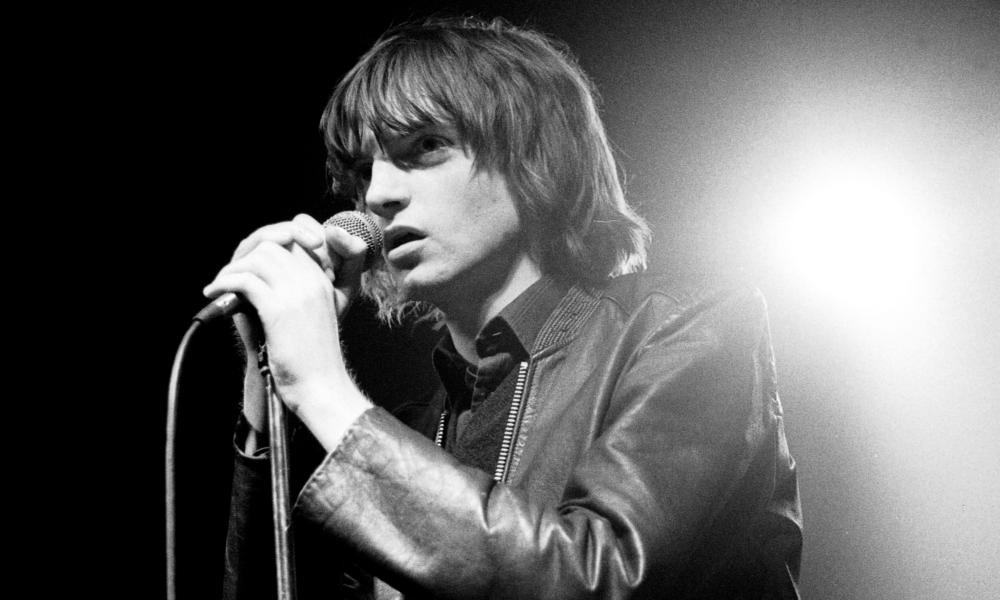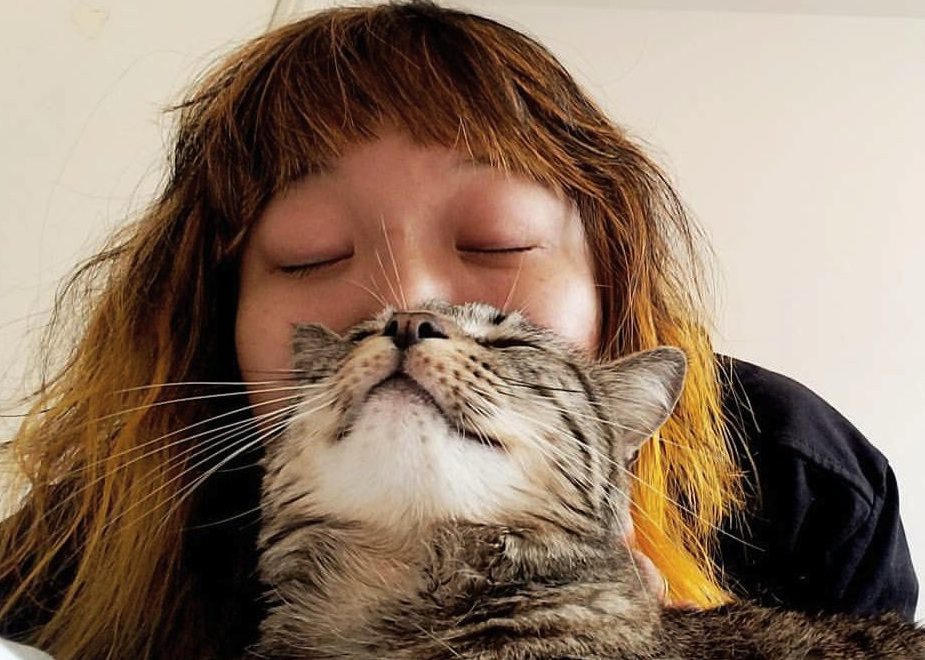
[fusion_builder_container hundred_percent=”yes” overflow=”visible”][fusion_builder_row][fusion_builder_column type=”1_1″ background_position=”left top” background_color=”” border_size=”” border_color=”” border_style=”solid” spacing=”yes” background_image=”” background_repeat=”no-repeat” padding=”” margin_top=”0px” margin_bottom=”0px” class=”” id=”” animation_type=”” animation_speed=”0.3″ animation_direction=”left” hide_on_mobile=”no” center_content=”no” min_height=”none”]

I moved from Brooklyn, New York to Bloomington, Indiana in the fall of 2014 to pursue a PhD in Ethnomusicology at Indiana University – in a nutshell, to study music within its cultural context. Coming from a background in music journalism and with a life-long interest in punk and underground music, I began to explore the Bloomington punk scene. What I found was a scene that looked nothing like the one I had encountered in New York, and certainly wasn’t trying to be that. I decided to make the local underground and punk scene the topic of my academic research and dissertation.
I include this information about my process and position not for narcissistic reasons, but for clarity and transparency. Who we are – our positions, our experiences, our backgrounds – largely determines how we write, who we write about, and why we write. This column, therefore, is my interpretation and presentation of the Bloomington underground music and punk scene, and all of the weirdos and misfits that constitute it. But enough about me. What follows here is a (very) condensed history of the Bloomington punk scene and why it is so incredibly awesome.
1974. Patti Smith recorded Horses, the Ramones began playing at CBGB, and the New York Dolls released their second studio album. That same year, guitarist Bruce Anderson and bassist Dale Sophiea formed MX-80 Sound and began to perform their unique brand of art rock at local music venues and houses across Bloomington. By 1976, they were circulating a fanzine, Big Hits. Considered by many to be the pioneers of the local underground music scene, MX-80 was soon joined by proto-punk band the Gizmos (the first iteration), who began recording with Gulcher Records in 1976.
Collaboration took place between Bloomington punks and the punks of nearby Lafayette and Indianapolis. From Lafayette, post-punk band Dow Jones and the Industrials recorded a split LP, Hoosier Hysteria (1980), with the Gizmos (the second iteration). Bands from Bloomington and Lafayette traveled to Indianapolis to perform at the legendary music venue, Crazy Al’s. The Gizmos (1), MX-80 Sound, and then later The Gizmos (2), Dow Jones and the Industrials, The Zero Boys, The Jetsons, The Last Four (4) Digits, The Premature Babies, The Panics, Latex Novelties, The Joint Chiefs of Staff, The Dancing Cigarettes, and many others, constituted a vibrant scene that is still celebrated today through band poster exhibits, roundtables about the history of Gulcher records, reunion concerts, re-issues, and compilation CDs.
When listening to early Bloomington punk, the Gizmos’ (1978-1981) album is telling: Never Mind the Sex Pistols, Here’s the Gizmos. While the Bloomington and Indiana dirtbags were certainly influenced by the dirtbags in New York, London, and Los Angeles, they distanced themselves from these powerful urban centers and created a sound that was distinctively hoosier.
This remains true in 2017. A few times a week, punk bands can be found performing in houses and D.I.Y. venues across town, such as The Bishop, Blockhouse, The Void, Rhino’s, and The Backdoor. Bloomington is home to a number of punk and indie labels: The Secretly Group, Winspear, Plan-it-x Records, and Let’s Pretend Records are a few. Bloomington’s Landlocked Music and TD’s CDs & LPs sell local punk music, which is broadcasted through Bloomington radio stations WIUX and WFHB.
A thriving zine scene augments and documents the music. The volunteer-run Boxcar Books and Community Center boasts one of the most impressive commercial zine collections that I have ever encountered. Zines like Neurodivergence and Shut Up and Listen are produced and celebrated through youth zine-writing workshops and zinefests.
It should be clear at this point that the Bloomington punk scene is rad; that such an unassuming Midwestern town has such a deep history with punk music, and that the scene is still flourishing today shouldn’t be surprising. My goal for writing this column is to shed a light on the scene itself, and all of the humans that make it special. [/fusion_builder_column][/fusion_builder_row][/fusion_builder_container]




